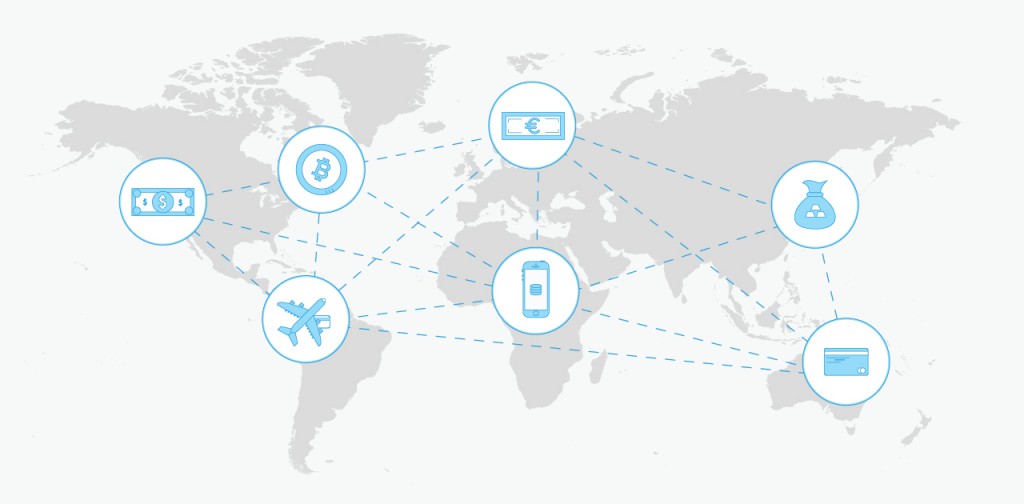What does the future of electronic commerce look like in the year 2020? Thanks to a new document published today by the W3C Web Payments Interest Group, we can get a sneak peek at that future.
The first public working draft of the W3C Web Payments Use Cases just went live. The document elaborates on the future of payments by suggesting what should be possible with the Web Platform in the coming years. Using the use cases, the W3C group will outline a roadmap for specific technical working groups and technologies that should be built into the Web Platform by 2020.
This is the first document that the Web Payments Interest Group has produced, and it did it in record time. It took roughly 3 months to put the first public draft together after the group found its footing. The Web Payments group at W3C consists of an impressive assortment of veterans in the payments and technology space. Many of them are newcomers to the W3C. These organizations include the US Federal Reserve Banks, Bloomberg, Rabobank, Google, Oracle, NACS, Target, Alibaba, Yandex, and a varied group of W3C veteran organizations such as Intel, Verisign, AT&T, Gemalto, and others (72 people in total from 36 organizations). The group has jokingly been referred to as the “The Avengers of Payments”, referring to a Marvel comic series where a group of people come together to tackle problems that no single one of them can face alone. No one in the group takes themselves that seriously; the title is always good for a chuckle.
However, the group does take the work it is doing quite seriously as it has the potential to not only make payments easier, faster, more secure, and more innovative but also lead to a more egalitarian future for those in the world that do not have access to basic financial infrastructure.
There are many people around the world that today’s financial system does not reach. These people are called the world’s unbanked (or underbanked). The unbanked often live pay cheque to pay cheque, do not have access to savings accounts or low-fee cheque cashing services, lines of credit, or a way of saving for their future. Being unable to plan for one’s financial future often results in a focus on the short-term, which creates a vicious cycle of not being able to escape one’s situation. Not being able to participate in the financial system creates unintended inequities that create waste and result in a net loss for society. Addressing this inequity is just one of the outcomes driven by the goals of the group.
The use cases document starts out with a gentle introduction and then goes into basic payment terms before proposing a payment flow that is common to most transactions on the Web. The payment flow includes phases such as 1) Negotiation of Payment Terms, 2) Negotiation of Payment Instruments, 3) Payment Processing, and 4) Delivery of Product/Receipt and Refunds. The end of the document then maps how payments today fit into this common flow proposed by the group.
The document is written to be approachable by most anyone with a basic web, technical, or business background. It is cohesive, but there is still much that needs to be done on the document. A backlog of at least 200+ use cases exist from larger payment industry bodies and standards like ISO20022 and ISO12812, X9, the GSMA, and non-profits like the Bill and Melinda Gates Foundation.
The first public working draft of the W3C Web Payments Use Cases are offered to the public for comment as a part of the standard W3C process. Please take a moment to read through the document and send your feedback to the group, as this is going to influence what the Web is going to be capable of by the year 2020.
What’s next? The Interest Group will increase its attention on describing a Web payments architecture capable of fulfilling the use cases. We will then look at what’s needed to create that architecture, and later this year, we anticipate that W3C will propose to the Membership charters for Working Groups that will begin to work on new standards by the end of 2015. Now is a great time to get involved to help build the future Web payments architecture!
This article is released under a CC0 license – you may copy it verbatim, or modify it, and put it on your own site without attribution.

